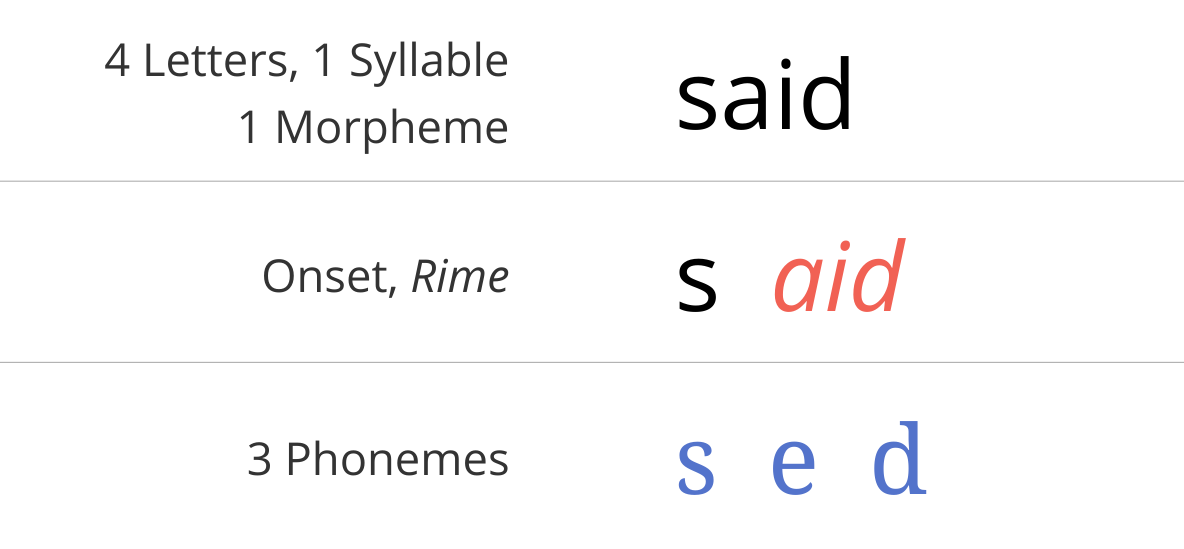The CTU got a raise, the taxpayers paid the bill, and students lost again
If there is any good news in the Chicago Public Schools’ (CPS) new contract with the Chicago Teachers Union (CTU), it’s that despite intense political pressure, CPS CEO Martinez maintained a firm stance against the union on the four biggest issues: Modest pay raises, limiting additional staff increases, protecting existing instructional time, and protecting the current evaluation system. The bad news, however, is that this new contract will cost Chicago’s taxpayers $1.5 billion while doing nothing to remove obstacles CTU has set in place to block public school choices for parents or improve schools.
Let’s look at the four biggest issues.
1. The contract cost: The CTU’s original demands would have cost Chicago $10 billion over 4 years. The cost of the agreement, which mirrors Martinez’s contract offer six months ago, was settled at $1.5 billion. This total matches the previous record setting contract CTU was awarded in 2019 and similar to the contract five years ago; it arrived with no CTU concessions.
2. The pay raise: CTU had initially demanded nine percent annual raises. An absurd request, the union eventually accepted an annual four percent first year increase followed by five percent increases, with a higher pay hike for veteran teachers. However, this is in addition to the step-in-lane increases which, for the majority of teachers, will almost double their annual salary increases.
3. Staff increases: CTU had first demanded 13,900 new staff; CPS wanted to maintain current staffing levels. In the final agreement, the CTU was limited to 800 to 900 additional staff in targeted areas, primarily Special Education and Bilingual services. This comes after the district added over 9,000 full time budgeted positions, most of which they filled since 2019. The district currently has one staff member for every 7.6 students.
4. Instructional time: From the outset, CTU had insisted on additional prep time at the expense of instructional time, but the district held fast. However, for the second straight contract cycle, the district agreed to spend $1.5 billion on a deal that did not add one minute of instructional time despite it being the most effective way to improve student performance.
